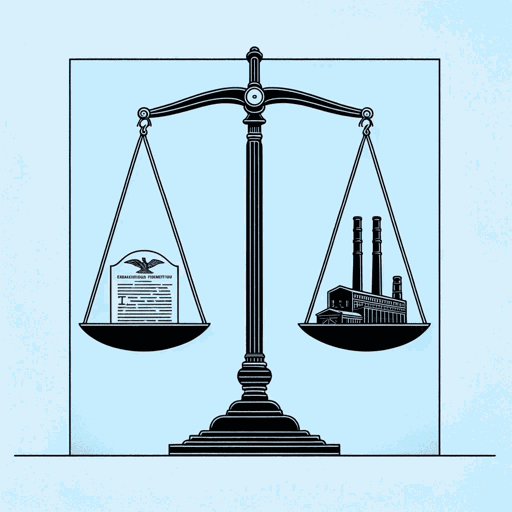41 pages • 1 hour read
Steven M. Gillon10 Days That Unexpectedly Changed America
Nonfiction | Book | Adult | Published in 2006A modern alternative to SparkNotes and CliffsNotes, SuperSummary offers high-quality Study Guides with detailed chapter summaries and analysis of major themes, characters, and more.
Themes
Change and Reform
The overarching theme running throughout 10 Days that Unexpectedly Changed America is change and reform. The terms change and reform are not synonymous: In Gillon’s work, change refers to the transformation of American life or culture, while reform refers to an alteration of American policy.
Although change often simply reflects the passage of time, in the book it appears most prominently in the chapters dealing with events taking place during and just after the second industrial revolution. Technological changes tend to illuminate societal fault lines, often leading to dramatic confrontations. For example, as steel tycoon Andrew Carnegie attempted to take advantage of the economic transformation that came from “a growing population, the development of new inventions, the expansion of the railroads, and the emergence of a national marketplace that kindled customer demand” (111), pressure built up that resulted in the Homestead strike of 1892. Similarly, Gillon describes America in 1901 as a nation “in transition from a rural, agricultural past to an urban, industrial future” (126)—industrialization, urbanization, and mass immigration created problems such as congestion, cultural conflict, crime, and a growing wealth gap. Finally, in the 1920s, “dazzling technological changes were transforming the way Americans lived and worked, forcing a confrontation between old values and new realities” (150), creating a new national culture through shared mass communication such as films, radio, and newspapers, while technologies like telephones, automobiles, and highway development allowed Americans to “establish a wider sense of community” for the first time (151).

